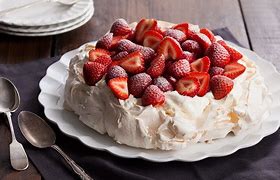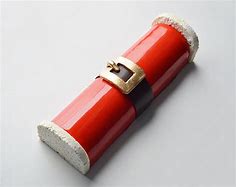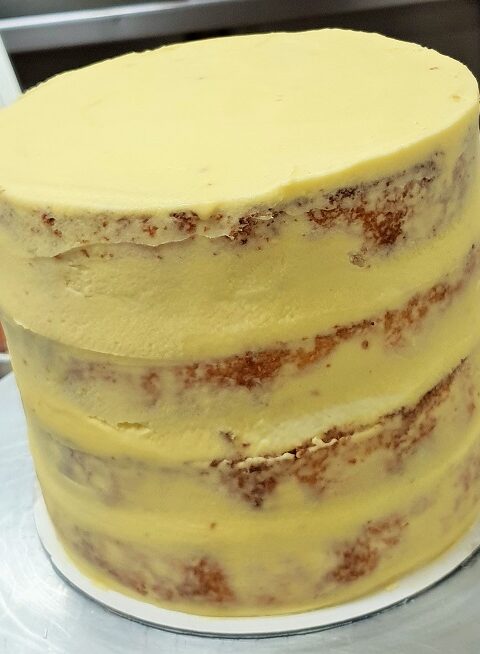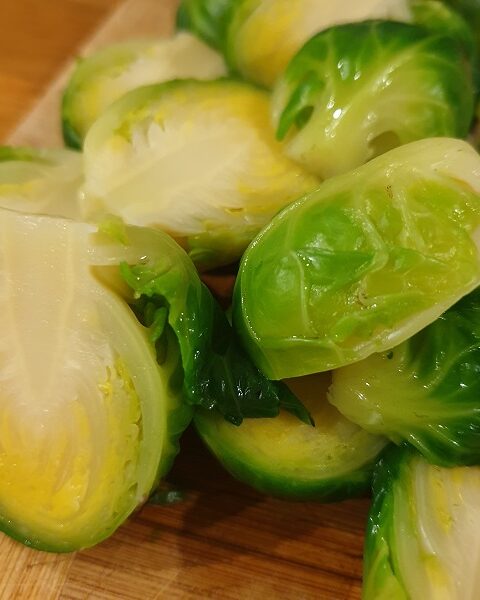Christmas is about traditions and family. It is also a time to relax and reflect on our busy lifestyles and spend time with the people we love and appreciate.

Christmas tree
This is my new idea right and it is on time for Christmas. This Christmas cake is the reflection of my colliding cultural knowledge in baking. The cake is totally “gluten free”. it is made of an almond success sponge that I will use as a swiss roll, a lemon and ginger curd, Chantilly cream and a raspberry jelly centre. I finished the cake with an Italian meringue, and fresh raspberries.
This cake takes sometimes to prepare and a lot of freezing time, so plan ahead over a period of 2 days to be ready on Christmas day. However, the reward is immense and your family and friends will be grateful forever.

In France, we love to have a log for dessert on Christmas day. We call it “la buche de Noel” also known as a yule log. It is traditionally, made of a swiss roll sponge and heavy flavoured French buttercream. Here in Australia people often have on Christmas day a “Christmas pudding”, Heavy cake made of marinated alcohol dried fruits, or a “Pavlova” made of a meringue, whipped cream and fresh berries.
You can access this recipe “Frenchy’s Christmas cake the “Pavlobuche” here:
Looking to know more about those two traditional cakes?
The Pavlova
Let’s start with the Pavlova because this is a little war that has been going on for years between Australian and New-Zealander chefs, and I love it.
The pavlova is named after the famed Russian ballerina Anna Pavlova, who toured Australia and New Zealand in 1926. As the New Zealand story goes, the chef of a Wellington hotel at the time created the billowy dessert in her honour, claiming inspiration from her tutu. Australians, on the other hand, believe the pavlova was invented at a hotel in Perth, and named after the ballerina when one diner declared it to be “light as Pavlova.”

Anna Pavlova was a superstar of her day, adored and admired all over the world. As a result, a lot of chefs named their dishes after her. In France, there were frogs’ legs à la Pavlova; in America, Pavlova ice cream.
New Zealanders, however, claim any pavlova recipe is proof enough that they invented pavlova, and that recipes for the meringue pavlova appeared on their little island soon after. Australians counter that: Even if New Zealanders get credit for the name, an Aussie chef is responsible for inventing the true pavlova we know today, they say.
But the most recent research, by Dr. Andrew Paul Wood and Annabelle Utrecht (a New Zealander and an Australian, respectively), suggests that the true pavlova has roots in Germany and America. Last year, after a solid two years of digging through old recipes, the duo told the Australian website Good Food that they had found somewhere over 150 recipes for meringue-based cakes that look an awful lot like pavlova, all published before Anna Pavlova even arrived down under in 1926!
One of the first pavlova-like recipes Wood and Utrecht found is for a meringue, cream, and fruit torte called the Spanische Windtorte, much loved by the Austrian Habsburgs of the 18th century. They also found similar torte recipes among those brought to America by the German immigrants who settled in the Midwest. Particularly with the invention of the hand-cranked egg beater in the late 1800s, these and other meringue recipes seem to have become hugely popular among American housewives.

Wood and Utrecht believe the pavlova recipe as we know it may have travelled to Australia and New Zealand on the back of a corn starch box. Unlike French meringue cookies, pavlova meringue often incorporates corn starch, which gives it a marshmallow-y interior. So, as such companies are wont to do to this day, an American corn starch manufacturer put a recipe for a dessert similar to pavlova on its packaging and began exporting to New Zealand.
In the end, neither New Zealand nor Australia can really claim to have birthed the pavlova: They didn’t invent the recipe, and they weren’t even the first to name a dessert after the dancer (Wood and Utrecht found a recipe for “strawberries Pavlova” dating from 1911). But one of them was probably the first to put the name to that recipe, and both of them deserve the credit for keeping this dessert alive and well while all the other dishes named Pavlova didn’t make it past the era when a ballerina was the biggest star in the world.
I love this passion between the countries about a cake. Now let’s find out about the Buche de Noel, known as the Yule log.
La Buche de Noel
The history of the Yule log cake stretches all the way back to Europe’s Iron Age, before the medieval era. Back then, Celtic Brits and Gaelic Europeans would gather to welcome the winter solstice at December’s end. People would feast to celebrate the days finally becoming longer, signalling the end of the winter season. To cleanse the air of the previous year’s events and to usher in the spring, families would burn logs decorated with holly, pinecones or ivy. Wine and salt were also often used to anoint the logs. Once burned, the log’s ashes were valuable treasures said to have medicinal benefits and to guard against evil. Some groups claimed the ashes would protect the bearer from lightning—an important quality at a time when houses (and most of the contents in them) were made of wood.

With the advent of Christianity, the Yule log tradition continued, albeit on a smaller scale. Families may have burned a log on Christmas Eve, but smaller hearths became the norm so huge logs were impractical. Those small hearths, however, were perfect for baking cakes. We don’t know who exactly made the first Yule log cake, but judging from the individual ingredients it could have been as early as the 1600s. Marzipan and meringue decorations, two of the most popular choices for Yule logs, appeared on many a medieval table. Sponge cake, which often constitutes the base of the log, is one of the oldest cakes still made today. It dates back to at least 1615, when the first known recipe appeared in Gervaise Markham’s tome “The English Huswife.”The Buche de Noel in France really became popular in the mid-1900s and as the popularity grew, the different bakeries would make their mark by their elaborate decoration or style and the custom spread.
These days you can buy individual yule logs or giant yule logs to feed a whole family and they come in a wide variety of colours and flavours. One thing they all have in common is that a buche de Noel will be made of a rolled, filled sponge cake, frosted with buttercream, usually made to look like tree bark and adorned with decorations from sparkly Christmas trees, meringue mushrooms, marzipan holly, spun sugar cobwebs, small axes (for cutting the yule log) and any other sort of edible decoration.

Where ever you are in France at Christmas – you can indulge yourself with a fabulous and elaborately decorated buche de Noel – whether it’s from the oldest pâtisserie in Paris or the local supermarket!
Thank you to everyone that read my blogs and your support. I wish you all a great end of the year and a wonderful Christmas.
Frenchy.









